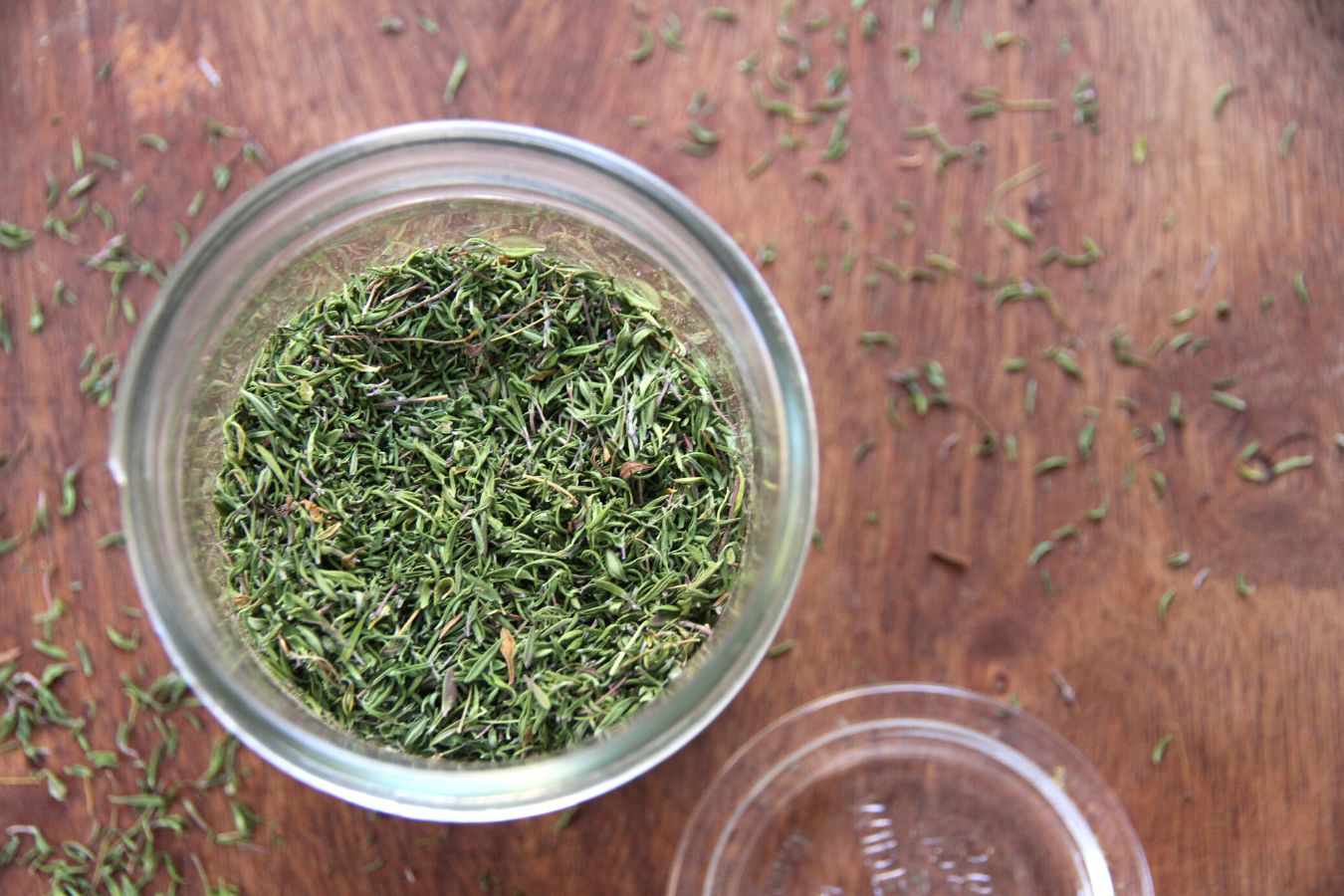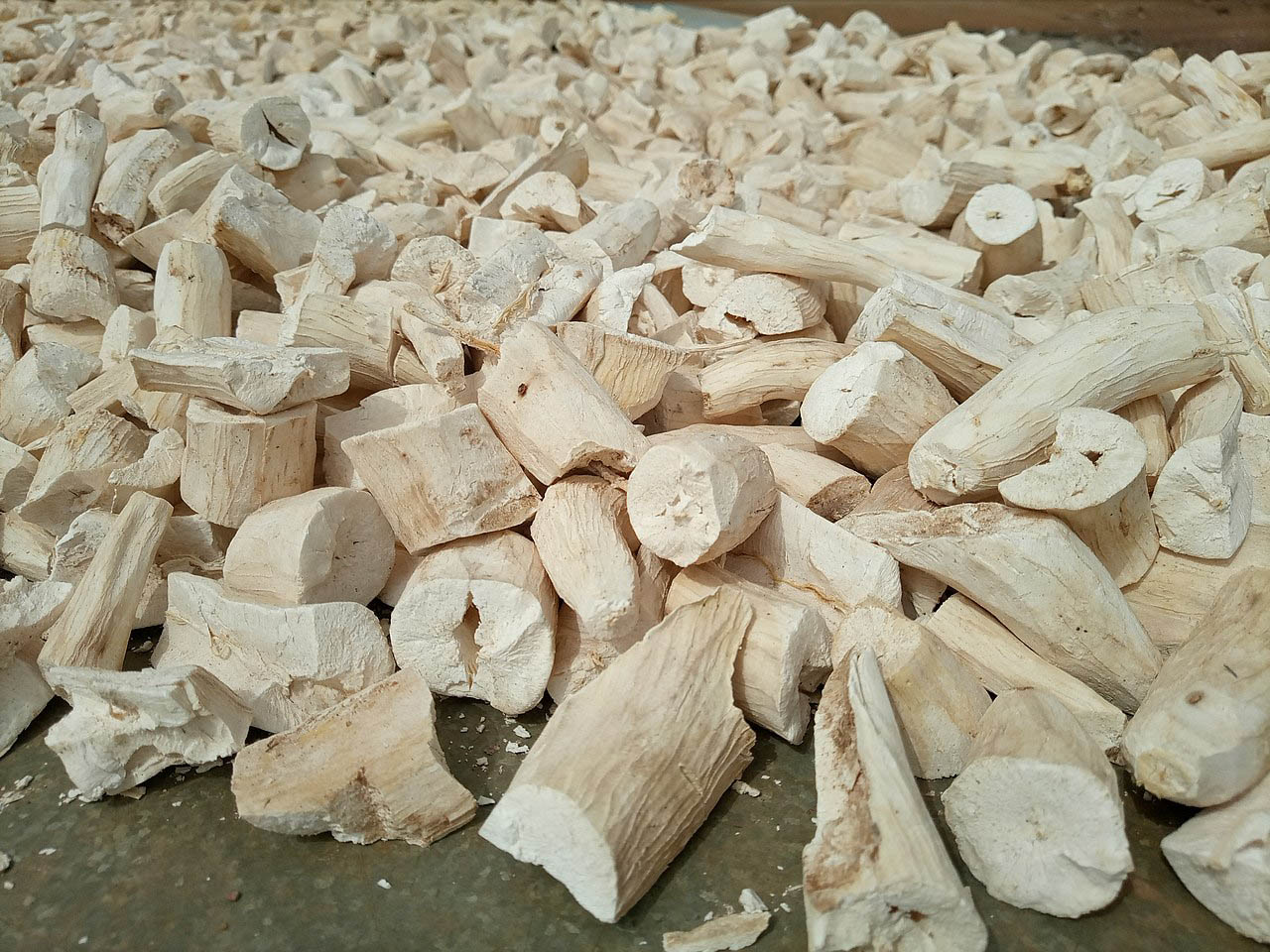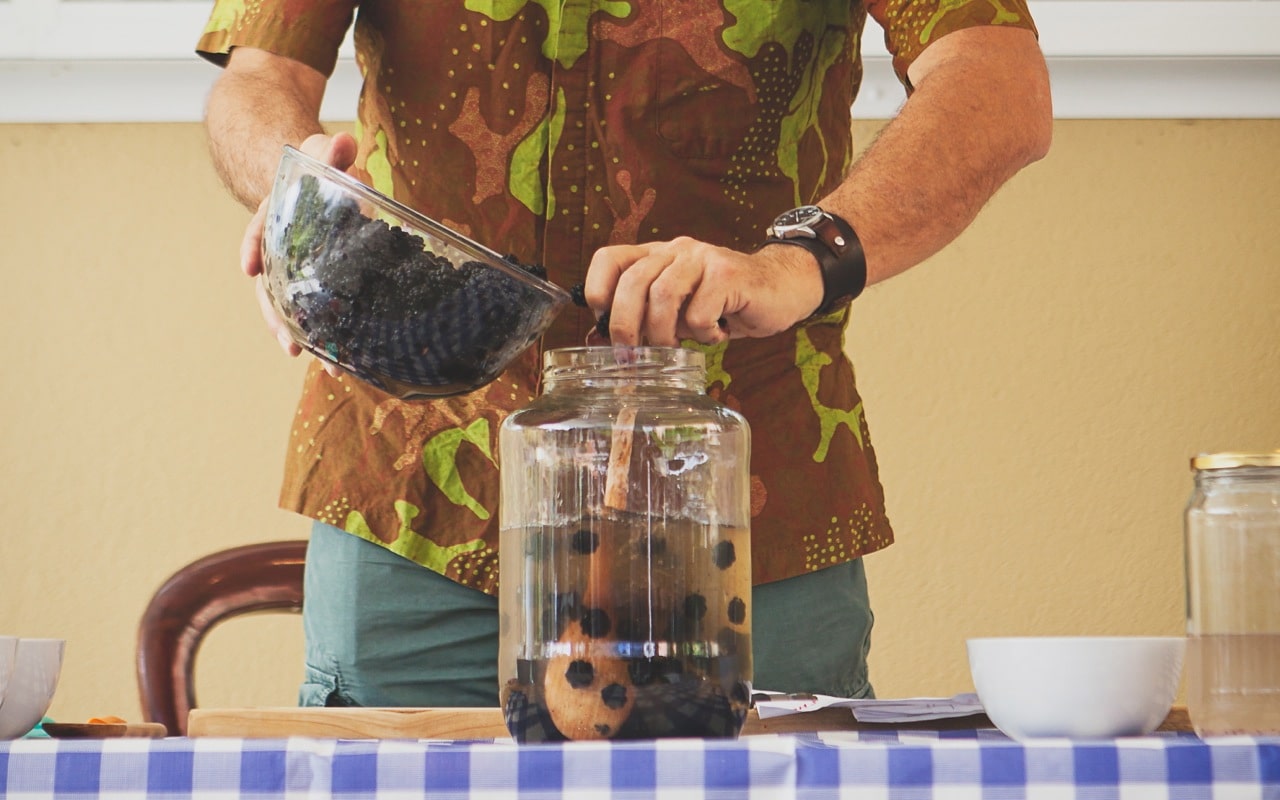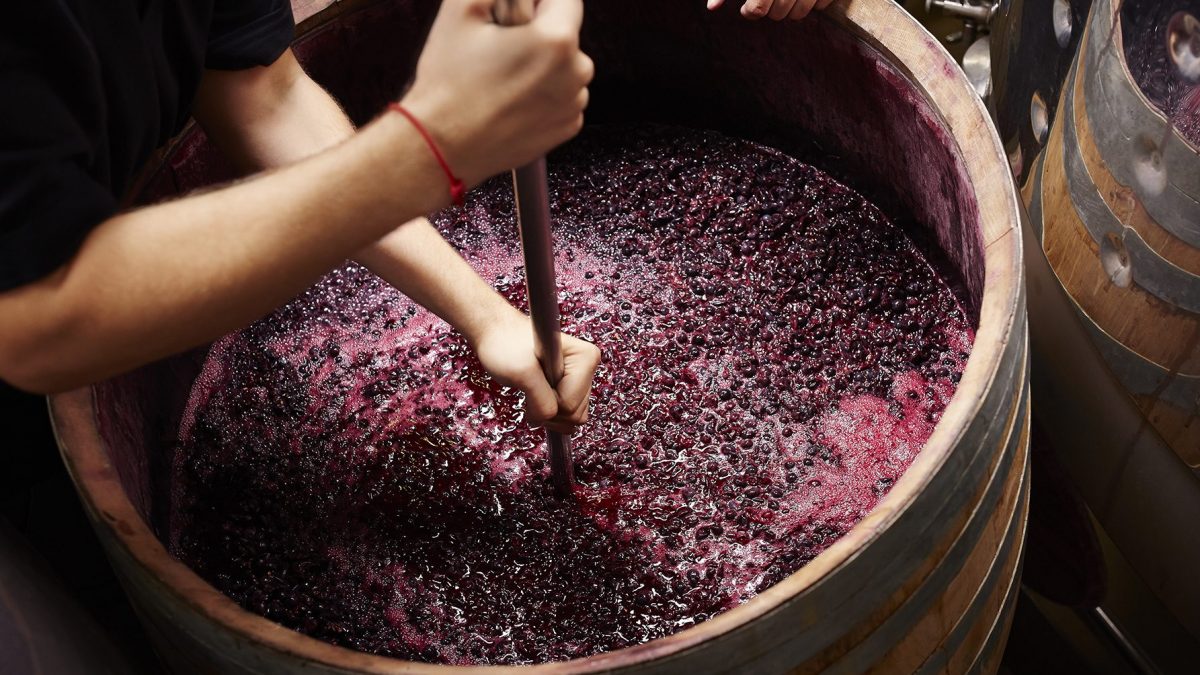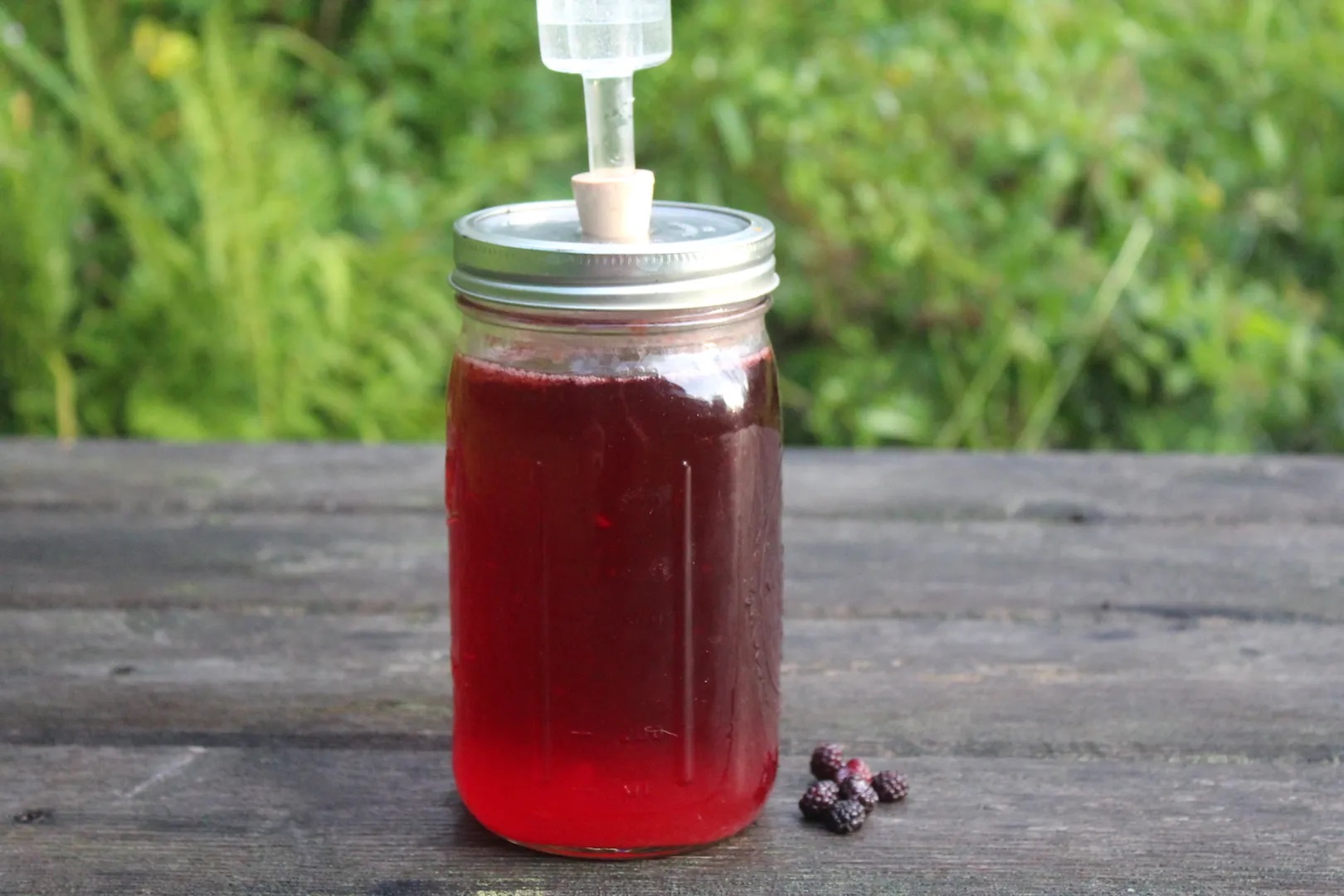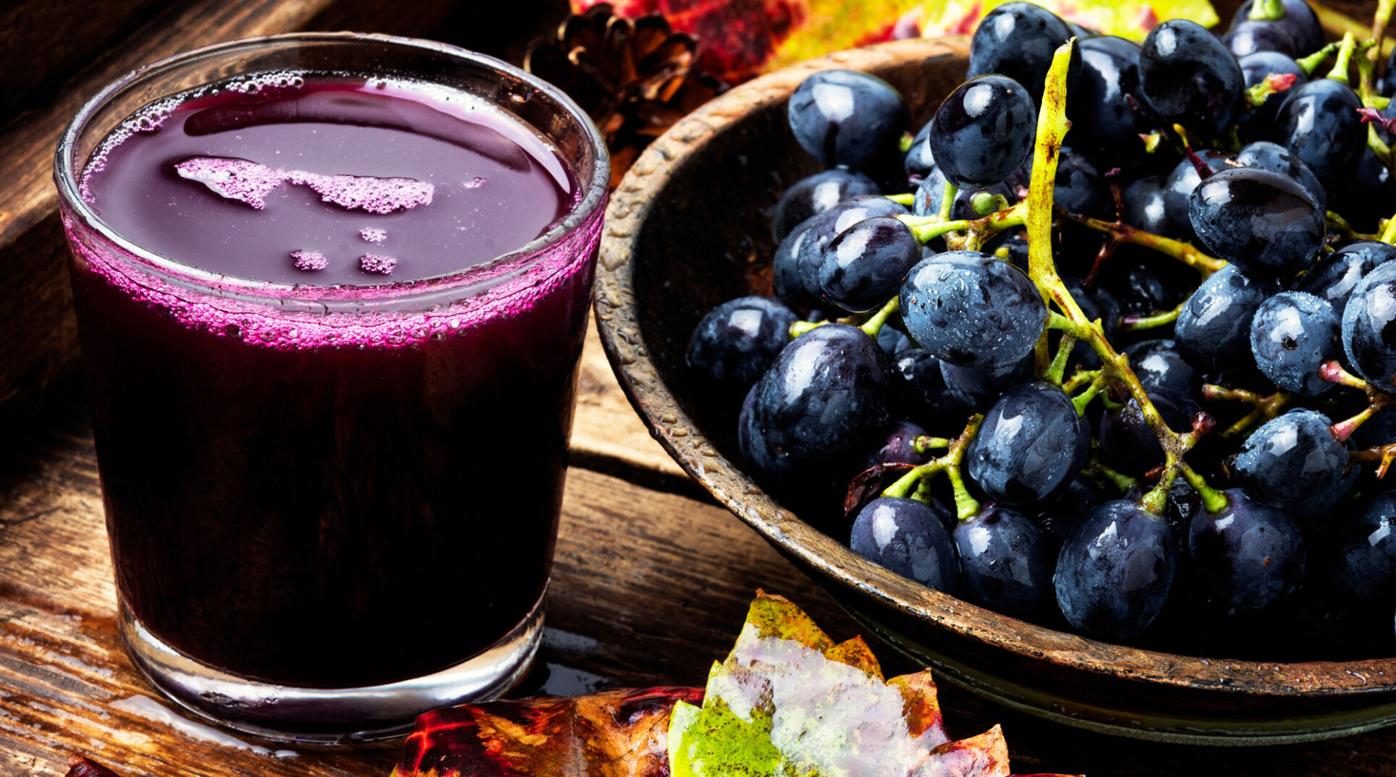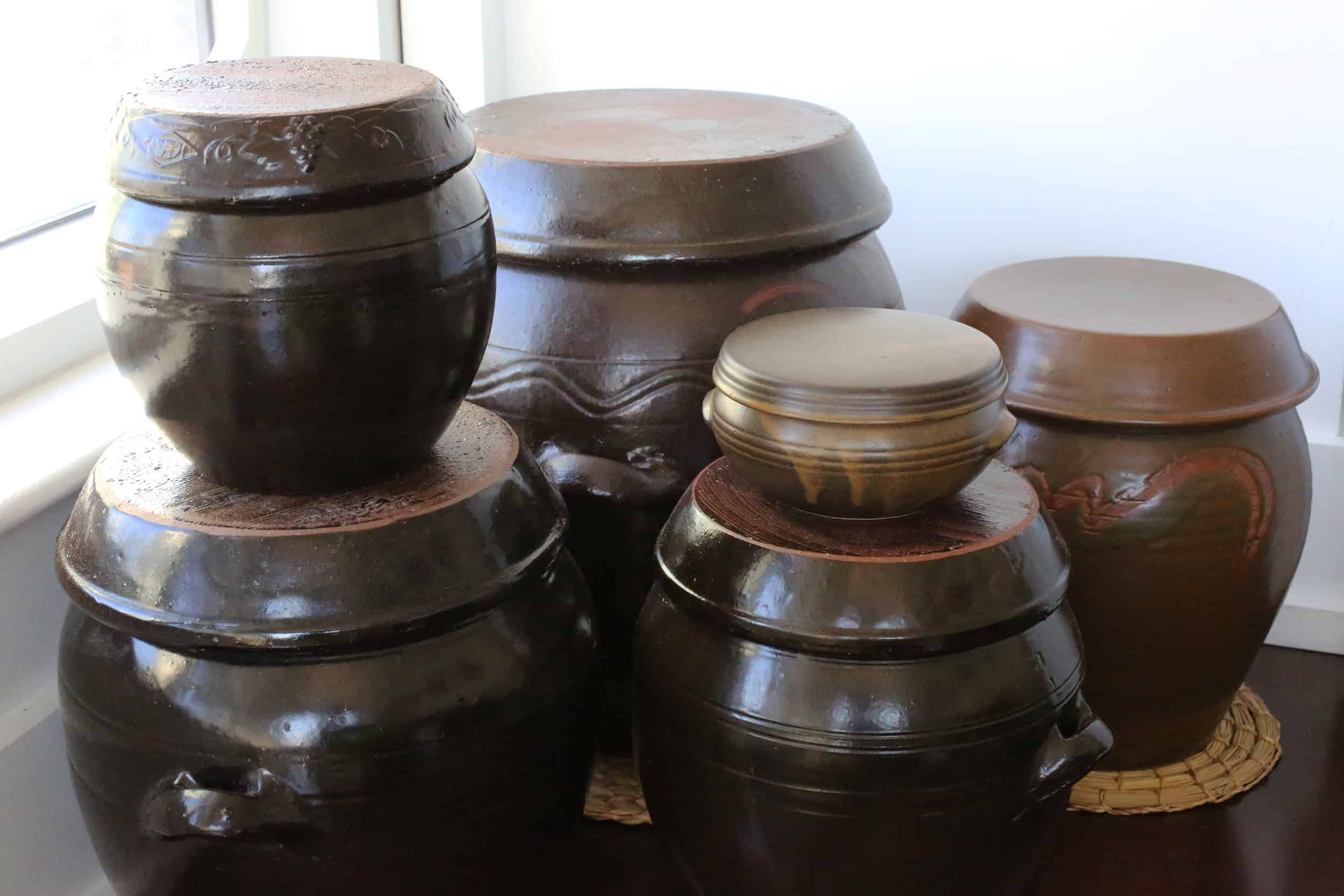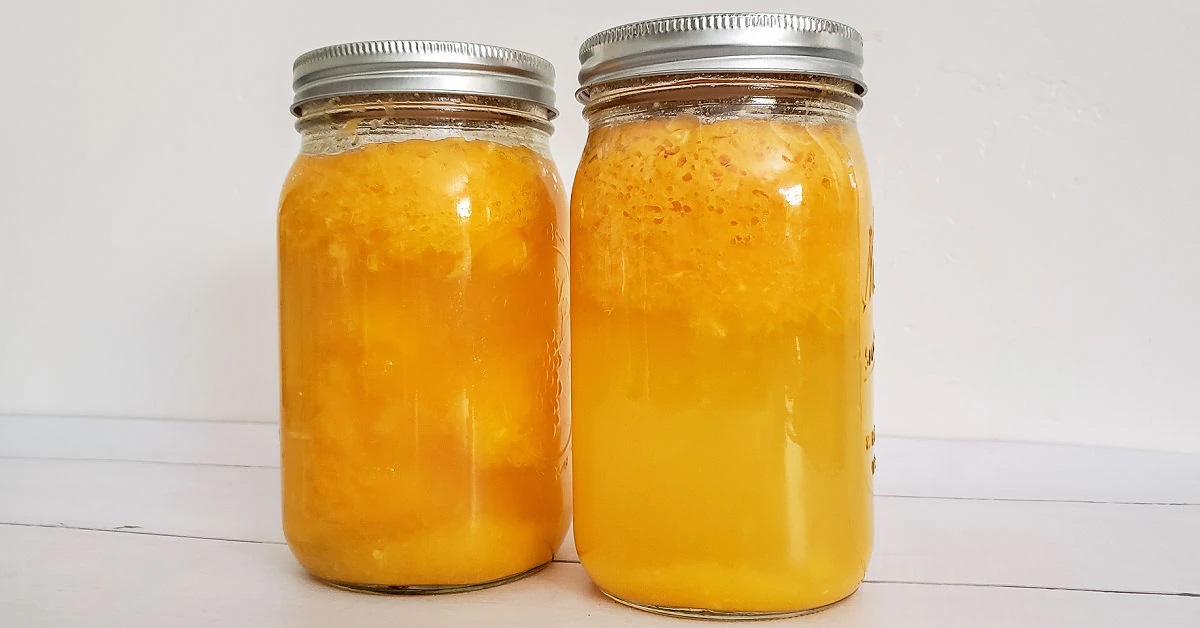Dehydrating Stinging Nettle: A Simple Guide
Stinging nettle is a versatile and nutritious plant that can be used in a variety of culinary and medicinal applications. One popular method of preserving stinging nettle for later use is dehydration. Dehydrating stinging nettle is a simple process that allows you to enjoy the benefits of this plant year-round. In this guide, we will walk you through the steps to dehydrate stinging nettle effectively.
Harvesting Stinging Nettle
Before you can dehydrate stinging nettle, you need to harvest it. When harvesting stinging nettle, be sure to wear gloves to protect your skin from the plant’s stinging hairs. Look for young, tender nettle leaves, as these are the most flavorful. Use scissors or gardening shears to snip off the top few pairs of leaves from the nettle plants.
Cleaning and Preparing Stinging Nettle
Once you have harvested the stinging nettle, it’s important to clean and prepare it for dehydration. Fill a large bowl with cold water and submerge the nettle leaves, swishing them around to remove any dirt or debris. After washing, pat the leaves dry with a clean kitchen towel or paper towels. Remove any tough stems, as these can be bitter after dehydration.
Dehydrating Stinging Nettle
There are several methods you can use to dehydrate stinging nettle. The most common methods include air drying, using a dehydrator, or drying in the oven. Here’s a simple guide to dehydrating stinging nettle using a dehydrator:
- Arrange the cleaned and prepared nettle leaves in a single layer on the dehydrator trays, ensuring that there is space between the leaves for air circulation.
- Set the dehydrator to a low temperature, around 95°F to 115°F (35°C to 46°C), and allow the nettle leaves to dry for 12 to 24 hours. The drying time will depend on the humidity in your environment and the moisture content of the leaves.
- Check the nettle leaves periodically for dryness. They should be brittle and crumble easily when fully dehydrated.
- Once the nettle leaves are fully dehydrated, allow them to cool to room temperature before storing them.
Storing Dehydrated Stinging Nettle
Proper storage is essential to maintain the quality of dehydrated stinging nettle. Once the nettle leaves are fully cooled, transfer them to an airtight container, such as a glass jar or a resealable plastic bag. Store the dehydrated nettle in a cool, dark place away from direct sunlight and moisture. When stored properly, dehydrated stinging nettle can last for up to a year while retaining its flavor and nutritional benefits.
Using Dehydrated Stinging Nettle
Dehydrated stinging nettle can be rehydrated and used in various recipes, including soups, stews, teas, and more. To rehydrate the nettle leaves, simply soak them in hot water for a few minutes until they become tender. Once rehydrated, stinging nettle can be used as a nutritious and flavorful addition to your favorite dishes.
Final Thoughts
Dehydrating stinging nettle is a simple and effective way to preserve this versatile plant for long-term use. Whether you use it for culinary purposes or for its medicinal properties, having dehydrated stinging nettle on hand ensures that you can enjoy its benefits throughout the year. With the proper harvesting, preparation, and storage techniques, you can easily incorporate dehydrated stinging nettle into your daily routine.
So, the next time you come across a patch of stinging nettle, consider harvesting and dehydrating it to enjoy its nutritional and culinary perks beyond its typical growing season.
Exploring More Culinary Uses for Dehydrated Stinging Nettle
Having mastered the art of dehydrating stinging nettle, you're now perfectly poised to explore a variety of delicious, nutritious recipes that incorporate this versatile ingredient. From hearty soups to innovative beverages, there's no shortage of culinary creations to experiment with. A highly recommended dish to start with is the Nettle and Potato Soup, which offers a comforting and earthy flavor, perfect for chilly evenings. For a refreshing twist, try the Nettle Tea, a simple yet delightful way to enjoy the health benefits of nettle. If you're in the mood for something more substantial, the Nettle Pesto Pasta combines the rich taste of pesto with the unique flavor of nettle, making it a must-try dish. Each of these recipes not only showcases the unique characteristics of nettle but also enhances your daily diet with its health-boosting properties.
Was this page helpful?
Read Next: How To Dehydrate Eggplant In Oven

